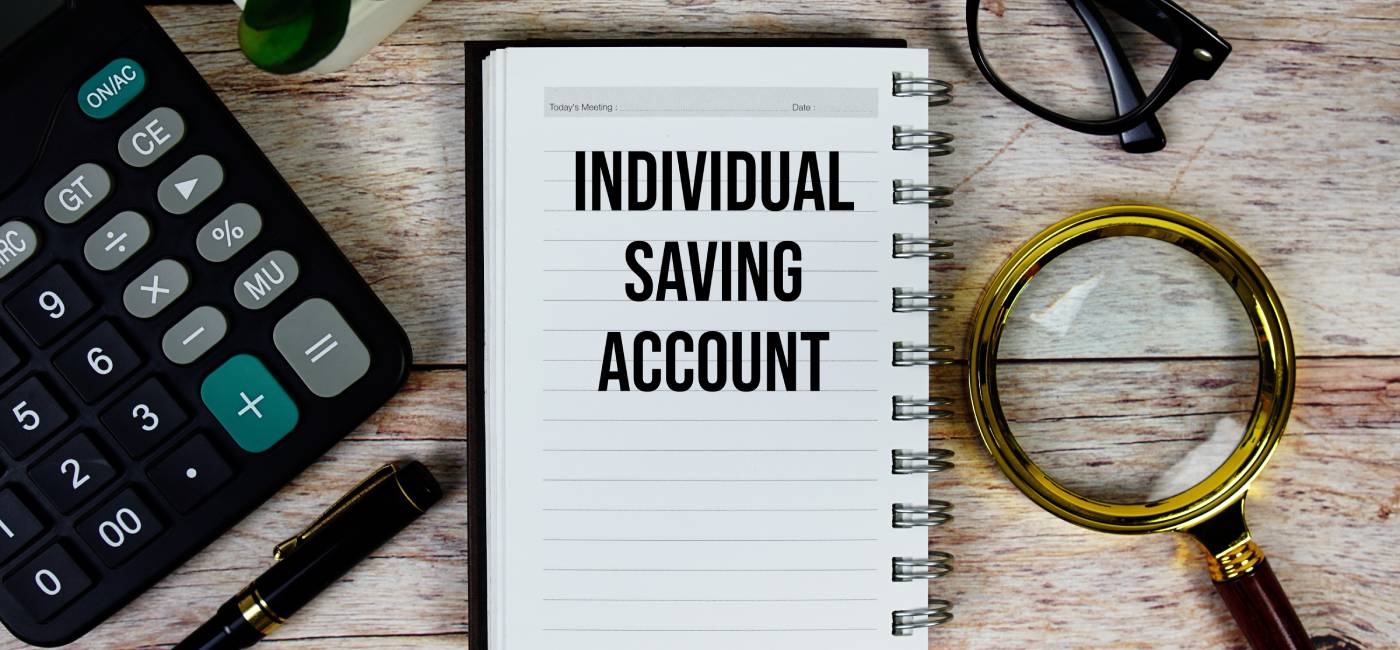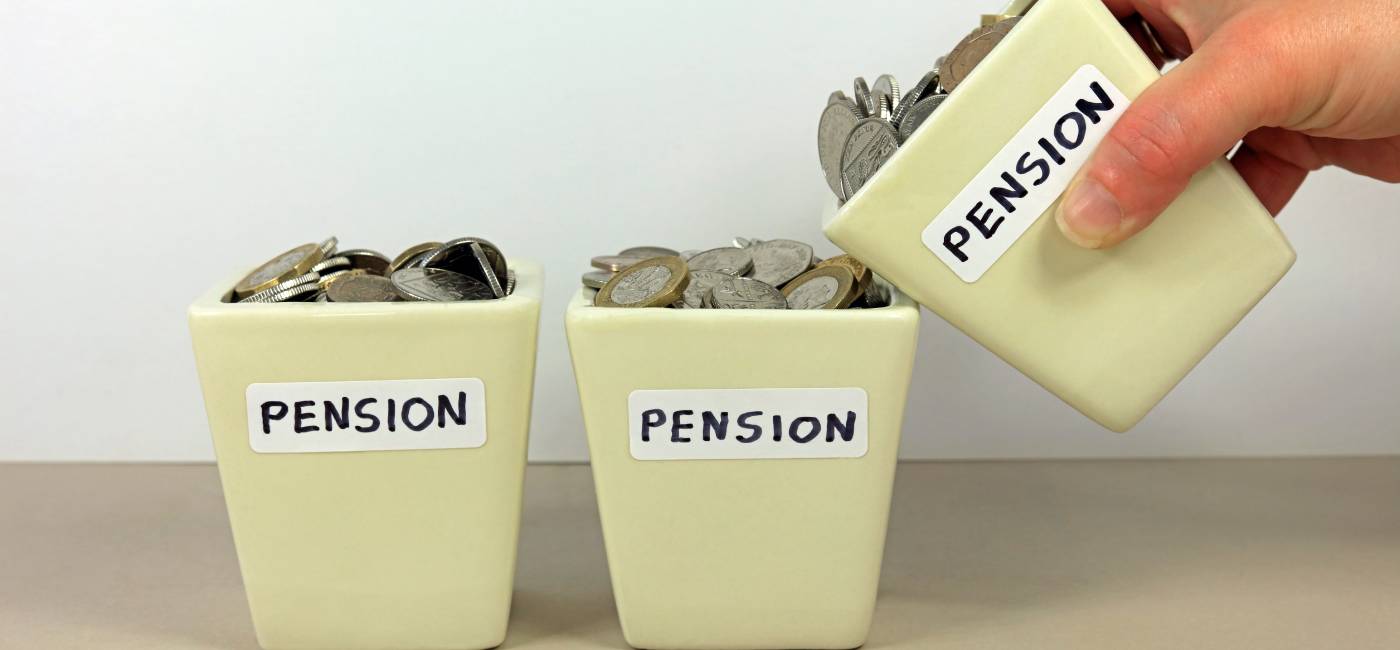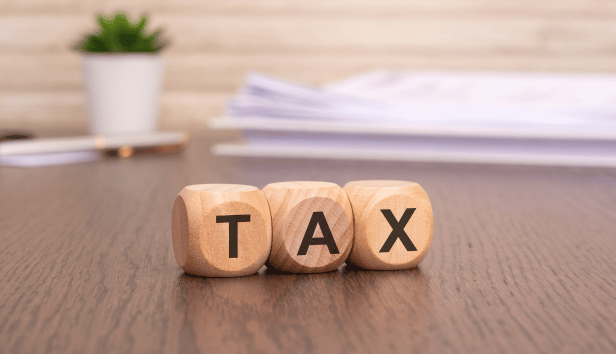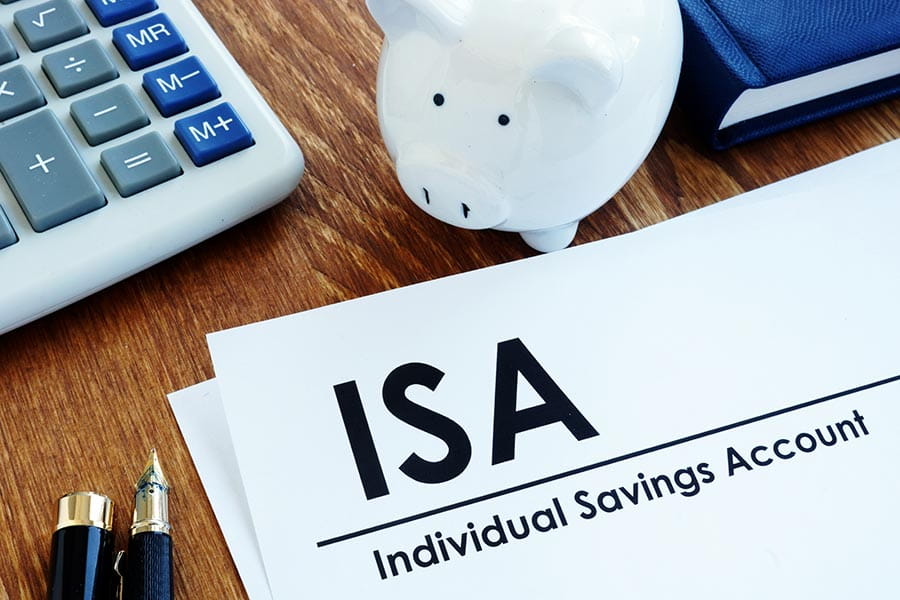
This article is for general guidance only and is not financial or professional advice. Any links are for your own information, and do not constitute any form of recommendation by Saga. You should not solely rely on this information to make any decisions, and consider seeking independent professional advice. All figures and information in this article are correct at the time of publishing, but laws, entitlements, tax treatments and allowances may change in the future.
Cash ISAs have been a trusted way for savers to protect their wealth from the taxman for over 25 years. More than 22 million adults in the UK have an ISA, and 63% of ISAs are cash ISAs. The over-65s are the age group most likely to have an ISA.
But the popular cash ISA may be under threat, as the government is keen to drive an “investment culture” rather than encouraging people to keep their savings in cash. Chancellor Rachel Reeves has reportedly been lobbied by investment firms to rein in tax breaks for cash savers.
So, what should you do if you’re concerned about the future of cash ISAs? And what type of cash ISA should you go for?
What’s on this page?
There’s been a lot of speculation that the government may change cash ISAs rules to encourage more of us to invest in stocks and shares ISAs instead, in order to boost growth.
While the chancellor is believed to have ruled out scrapping cash ISAs entirely, rumours are mounting that the tax benefits could be reduced, perhaps by reducing the maximum subscription from £20,000 to £4,000 per year. Andrew Hagger, personal finance expert at Money Comms, says: “I think that the current cash ISA limit is in real danger of being cut when the Chancellor delivers her spring budget.”
This uncertainty has prompted an early start to the annual ISA season. Traditionally, banks and building societies compete for customers’ ISA allowance in the run up to the end of the tax year, offering attractive rates and marketing campaigns. This year, fears of potential changes mean providers are vying for savers’ money earlier than usual.
Rachel Springall, finance expert at Moneyfactscompare.co.uk, says: “Providers have been keen to enhance their cash ISA rates over recent weeks, resulting in a buoyant start to ISA season. This has been obvious from seeing providers actively increasing their rates on cash ISAs, whereas other savings accounts are worsening in the aftermath of a base rate cut.”
We don’t yet know what Rachel Reeves could have in store for cash ISAs, when she presents her spring statement on 26 March. But for now there is no reason to panic. For now at least, you can still invest up to £20,000 per tax year into ISAs – and you can spread that money however you want across cash ISAs, stocks and shares ISAs and innovative finance ISAs.
This year’s allowance will run out on 5 April, the last day of the tax year, before it’s replaced by the new 2025/26 allowance on 6 April. Unless Reeves announces any changes in the budget, this will remain at £20,000 a year until 2030. Money already held in ISAs will not be affected. Sarah Coles, head of personal finance at Hargreaves Lansdown, says: “It’s really important not to let any of this speculation throw you off track.
“If you were planning to open a cash ISA this tax year, you might want to sort it out now, while rates are decent and you know where you stand. However, if you were planning to open a stocks and shares ISA instead – or to use part of your allowance for investment – there’s no need for rumours to change your mind.
“Rachel Reeves hasn’t indicated she plans to make any changes at all, and has definitely ruled out scrapping the cash ISA. This is pure speculation right now, and it’s never a good idea to let this make your financial decisions for you.”
Coles adds: “Cash ISAs are a brilliant way to protect your emergency savings from tax, particularly when we’ve retired.” When you’re working, the expert advice is to keep three to six months’ worth of essential expenses that you can access to cover emergencies. However, once you retire, the amount should rise to one to three years’ worth of expenses as a cash safety net. This is because when you’re on a lower fixed income, it can be more difficult to respond to the unexpected, so you need more to fall back on.”
Currently, the Pensions and Lifetime Savings Association says a single person needs a minimum income of £14,400 a year for a basic standard of living. That means “you’ll need between £14,400 and £43,200 as your emergency fund,” Coles adds. For a couple the minimum income is £22,400 a year, meaning between you you’ll need to have more money that you can access relatively easily.
Keeping that much money in a standard savings account – plus other cash you may need in the next few years – means you are likely to breach your Personal Savings Allowance (PSA) and pay tax on your savings interest. Basic rate taxpayers can earn up to £1,000 interest annually before income tax is due, while higher rate taxpayers have a £500 limit.
For example, a basic-rate taxpayer with £21,100 in the best savings account paying 4.65% would breach their PSA within 12 months. However, if that money is held in a cash ISA, the interest would be paid tax-free. So, as you approach retirement it’s a good idea to shift your emergency savings into a cash ISA. Then it can grow and grow without ever incurring a tax bill.
.jpg?sc=max&mw=800&h=450&la=en&h=731&w=1300&hash=A27B915E55E83145E245EBB42DE86CEE)
Getting the most from your ISA starts with choosing the right type. You have the same choice as with normal savings accounts: easy access and fixed rate. For emergency funds, an easy access cash ISA could be the best choice (although fixed-rate doesn’t mean you can’t access the money at all, as we explain below).
Some of the top easy-access accounts currently offer rates above 5%, but be sure to check the terms. In recent years, easy access has become more complex, with some accounts limiting withdrawals or including bonus rates that disappear if conditions aren’t met.
When choosing an easy access cash ISA, make sure you understand how many withdrawals are allowed. If you know you’ll need regular access to your funds, look for an account with unlimited withdrawals.
Otherwise, if you exceed the permitted number your interest rate can plummet. It’s also important to check for any bonus rates. If it only lasts three or six months, it might be easier to look for a different account.
If it lasts for 12 months, consider taking advantage, but make a note to move your money to a new cash ISA when the bonus runs out. However, if you’re not a regular account switcher, it may make sense to ignore the offers and focus on accounts paying the highest non-bonus rates.
Try to look for providers offering consistently good rates over time. Some providers offer a top rate to appear in the “best buy” tables, only for it to fall soon after.
You can now open more than one type of cash ISA every year, so you may want to consider a fixed-rate cash ISA as well. If you’d rather have a fixed rate than an easy-access account, but you still want to be able to access the money just in case there’s an unexpected emergency, it’s
worth checking what the penalty is for early withdrawals before you choose the account, as well as assessing the level of risk that you might need to get at it. By law, cash ISA providers have to allow you to access your money, but they can charge you a fee for early withdrawal, or force you to close your account.
Hagger says: “Despite the increase in inflation, economists are still predicting further base rate cuts in 2025, so if you’re thinking of locking some spare funds in a fixed rate ISA, it’s probably better to act sooner rather than later before rates get trimmed.”
Fixed-rate cash ISAs range from one to five years, with current rates sitting between 4% and 4.5% on the top accounts. Think about how long you’re comfortable locking your money away for and compare the rates available for different terms.
One approach you could consider is sometimes called a “staircase” or “laddering” strategy. That means that you split your savings across different fixed-term accounts with different durations and/or end dates.
The advantage of this is that you’ll regularly have access to your money when one of the accounts matures (and if you don’t need it, you can re-invest it in a new fixed-term account). But you’ll still benefit from the security of a fixed rate. Again, the fact that you can pay into more than one ISA in each tax year makes it easier to do this.
Ruth is a freelance financial journalist passionate about making money matters clear, accessible, and engaging. She writes for national publications, including The Times, The Mail on Sunday, MoneyWeek, The Sun, and Good Housekeeping, helping readers make sense of pensions, savings, and personal finance. A firm believer that everyone deserves financial security, Ruth is on a mission to cut through jargon and make finance relatable. When she’s not writing, she’s probably chasing two toddlers around a National Trust property, walking the dogs or enjoying a good book with a cup of tea.
View author page
.jpg?la=en&h=354&w=616&hash=E65DC479244420335132756D4EBB7DAA)

Learn how to combine pensions and whether it's worth it.
/mature-couple-looking-at-taxes.jpg?la=en&h=650&w=1400&hash=5CFABEEDC751F26D56DD3E85749E3C36)


Discover savings accounts which pay tax-free interest in our ultimate guide to Cash ISAs